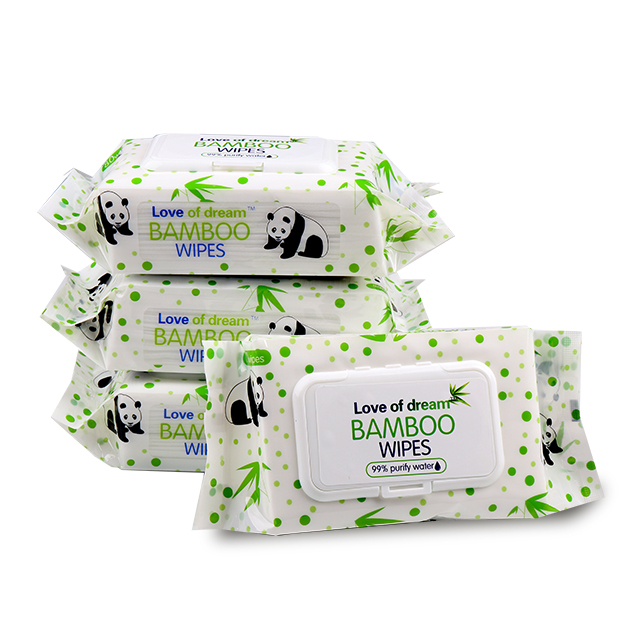Yes, there are eco-friendly and biodegradable options for baby wet wipes available in the market. These wipes are designed to be more environmentally sustainable, as they break down more readily and reduce the overall environmental impact.
Here are some key features of eco-friendly and biodegradable baby wet wipes:
- Biodegradable Materials: These wipes are typically made from natural and biodegradable materials, such as bamboo, wood pulp, or cotton, instead of synthetic materials like polyester.
- Minimal Chemicals: Eco-friendly wipes often have fewer or no harsh chemicals, fragrances, parabens, and alcohol, which can be harmful to both your baby’s skin and the environment.
- Sustainable Packaging: Some eco-friendly brands use recyclable or compostable packaging to further reduce their ecological footprint.
- Compostable: Some biodegradable wipes are designed to be composted in commercial or home composting systems. They break down into organic matter and don’t contribute to landfill waste.
- Free from Plastic: Many eco-friendly options are entirely free from plastic, which makes them a better choice for the environment, as conventional wipes may contain microplastics.
- Certifications: Look for certifications like “FSC” (Forest Stewardship Council) or “OEKO-TEX Standard 100” to ensure the wipes meet certain environmental and safety standards.
- Water-Based Solution: These wipes are often moistened with a water-based solution rather than chemical-laden formulas.
When choosing eco-friendly or biodegradable baby wipes, make sure to read the product packaging and descriptions to understand the materials used and how they should be disposed of. Keep in mind that while these wipes are more environmentally responsible, they may be slightly more expensive than conventional options. If sustainability is a priority for you, these wipes can be a great choice for reducing your environmental impact while caring for your baby.
Can you use wet wipes for purposes other than cleaning a baby?
Yes, wet wipes can be used for a variety of purposes beyond cleaning a baby. They are versatile and convenient for quick cleanups and other tasks.
Here are some common alternative uses for wet wipes:
- Personal Hygiene: Wet wipes can be used as a refreshing alternative to toilet paper for adults. They are also handy for freshening up when there’s no access to a shower.
- Makeup Removal: Many people use wet wipes to remove makeup, including facial cosmetics and eye makeup. Look for wipes specifically designed for this purpose.
- Hand Sanitizing: Some wet wipes are infused with hand sanitizing solutions, wet wipes for babies making them useful for disinfecting your hands when soap and water are not readily available.
- Surface Cleaning: Wet wipes can be used to quickly clean and disinfect various surfaces, such as doorknobs, kitchen counters, and car interiors.
- Travel and On-the-Go: Wet wipes are convenient for travel and outdoor activities. They can be used to clean hands, face, or utensils, and to wipe down surfaces in hotels or public restrooms.
- Pet Cleanup: Wet wipes can be handy for cleaning up your pet’s paws or fur, especially after walks or outdoor adventures.
- Stain Removal: In a pinch, wet wipes can help remove fresh stains from clothing, upholstery, or carpet. However, be cautious with delicate or valuable fabrics.
- Refreshment: Some people use wet wipes to freshen up during hot weather or after exercising. They can help you feel more comfortable and clean.
- Quick Kitchen Cleanup: Wet wipes are useful for wiping spills and food residue in the kitchen, as well as cleaning kitchen appliances.
- Emergency First Aid: In emergencies, wet wipes can be used for cleaning wounds or injuries before applying proper first aid measures. However, they are not a substitute for medical supplies.
Always check the product label and ingredients to ensure that the specific wet wipes you’re using are safe and suitable for the intended purpose. While wet wipes can serve various functions, it’s important to use them appropriately and responsibly to avoid any potential adverse effects or damage.
